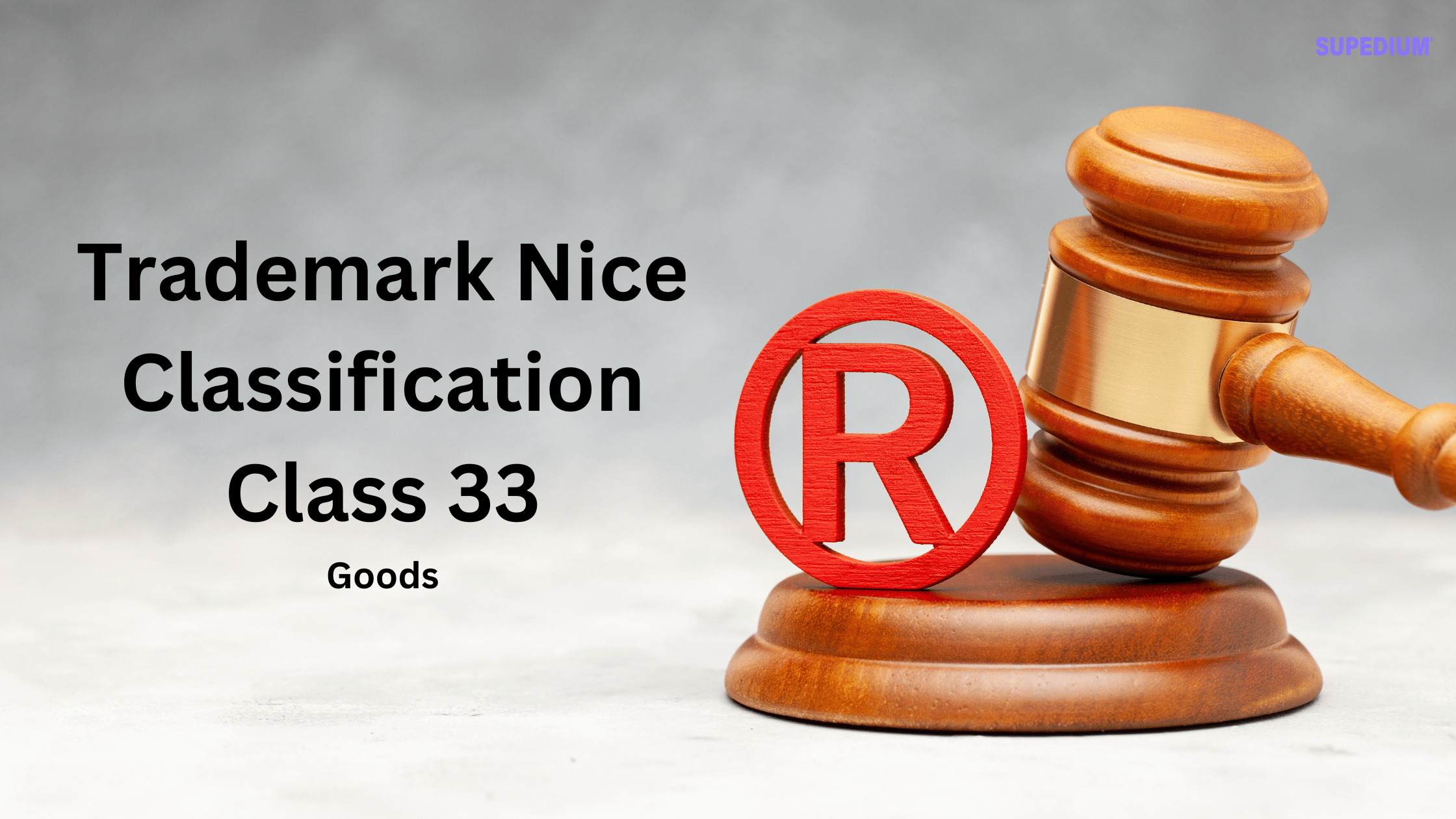![]()
The most humane way to cycle your tank.
When many new hobbyists start a new tank, one of the first things they do is go out and buy some cheap damsels or other cheap saltwater fish and dump four or more into the tank to start the cycle. This may not appear to be a big deal, but it is when you consider what you are putting those poor fish through. Essentially, you’re putting those fish in a sewer treatment plant for a few weeks until the bacteria bed grows large enough to process the ammonia produced.
Some of the fish you get at first will not survive the process. It’s a horrible thought that someone would buy a fish with the intention of putting it in a situation where it has a high mortality rate. There is a better way to do things.
THE BETTER OPTION
We already know that we need ammonia to have ammonia-removing bacteria, and that ammonia is toxic to fish, so we’re faced with a difficult paradox: we need ammonia to remove ammonia, but ammonia may kill the very thing we put in our tank to produce ammonia.
To avoid this problem, I recommend using the “Fishless method of cycling.”
To cycle your tank without fish, you must first fill it with saltwater and get it up and running, just as you would if you were going to add fish. You go to the local grocery store instead of running to the local fish store to get some unlucky volunteers to start your cycle. The grocery store, to be precise. Go to the back of the store where they sell seafood and look for RAW SHRIMP, which should be as raw and unprocessed as possible. You don’t want shrimp that have been precooked or seasoned. You may need as few as one (up to 30 gal) or as many as three (depending on the size of your tank) (120 gal or larger). If raw shrimp isn’t available, try another type of raw seafood.
Return home with your newfound treasure and place it in the tank. With your fresh seafood, you can now watch nature take its course. In the warm saltwater, it should start to break down after a day or two. This is the same process that occurs when fish produce waste or when fish food degrades.
If you don’t have an ammonia, nitrite, or nitrate test kit(s), you should get some at this point in the game because you’ll need them during the cycling process. After a few days, you should start testing the water for ammonia. As the shrimp decomposes, you should notice an increase in ammonia levels. After a week, or possibly a little longer, as the ammonia levels rise, you should see a peak. You can start testing for nitrite after about a week. Nitrite levels should begin to rise as ammonia levels begin to decline. Other than the bacteria that is starting to grow and reproduce in your tank, the conditions in the tank are not conducive to life at this time. This bacterium is required to keep your aquarium free of ammonia. The ammonia levels should be almost non-existent after a few weeks, and the nitrite levels should be on the decline. The shrimp may or may not be visible at this point. When the ammonia and nitrite levels in the tank are 0.00, you’re ready to add your first fish or two.
Only a small number of fish should be introduced to new tanks. To some extent, every item you add to your tank will increase your bio load. Some additions will have a greater impact on the bio load than others. A pair of fish, for example, will significantly increase your bio load compared to a handful of hermits and snails. Because lionfish are messy eaters, they will increase your bio load more than other fish of similar size. Each addition to your tank necessitates an increase in bacteria to support the increased ammonia production. An ammonia spike can occur if the bio load is increased too quickly. If the ammonia level rises too high, the tank’s inhabitants will be stressed or killed.
Share This




Be the first to comment